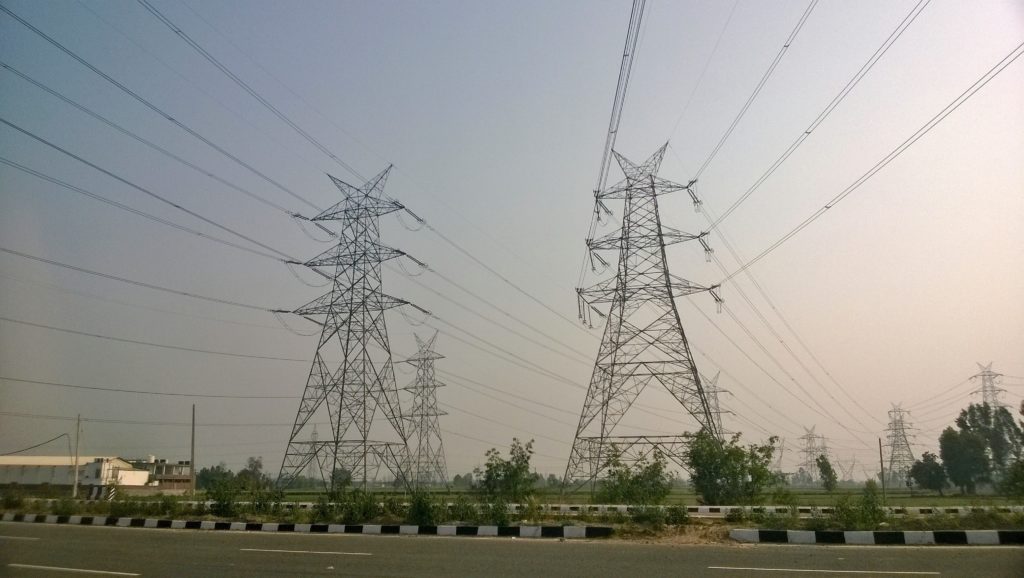Large power transmission projects being developed under the tariff-based competitive bidding (TBCB) route appear to be progressing very slowly. During FY19, not a single new project was awarded. This inference is based on an analysis done by T&D India, using data released by the Central Electricity Authority (CEA).
One of the major reasons for this slowdown was that new intrastate power transmission projects are experiencing delays in finalization. Ever since the power transmission went under the TBCB modality, which is in January 2011, most interregional transmission projects related to evacuation schemes associated with conventional (thermal) power projects. However, over the past 2-3 years, projects connected to power evacuation from renewable energy projects, especially large solar farms, are gaining prominence. According to information available with T&D India, nodal agency Power Finance Corporation has been entrusted with six such projects. However, PFC could not finalize any of these projects during FY19 as there are unresolved issues regarding the beneficiary states of these transmission projects. All the same, it is expected that in the coming months 2-3 of these projects will be awarded.
The poor performance surrounding award of new projects notwithstanding, the situation with respect to commissioning of projects was quite satisfactory. During the period April 2018 to March 2019, a total of eight mega transmission schemes were commissioned. Here are highlights of important projects commissioned.
The project officially termed as “Transmission system associated with IPPs of Nagapattinam/Cuddalore Area – Package A” was one of the eight projects to get fully commissioned during FY19. The project, developed by Power Grid Corporation of India, comprises two 765kV lines—Nagapattinam Pooling Station to Salem (double circuit) and Salem to Madhugiri (single circuit). The entire transmission scheme was anticipated to be commissioned in December 2015 when the EPC contract was awarded to Gammon India and ICOMM in May 2014. While the Nagapattinam-Salem section was completed in October 2016, severe right of way constraints impeded the progress on the Salem-Madhugiri section. Mass agitation by villagers was observed throughout Karnataka. Despite being offered higher compensation for land ceded to the project, the protests continued. The 219-km Salem-Madhugiri section was finally declared commercial in January 2019, rendering the project fully commissioned after a delay of around three years.
The “Northern Region System Strengthening Scheme (NRSS)-XXIX” was a strategically important project to commission during FY19. The Rs.2,600-crore project awarded to Sterlite Power in August 2014 was commissioned in August 2018, within the envisaged completion time. Meant to ensure power supply in the Kashmir valley region, the project involved setting up of a 400/220kV GIS substation at Amargarh, the 400kV Jalandhar-Samba line, the Samba-Amargarh line and a LILO of both circuits of the existing 400kV Uri-Wagoora line at Amargarh. The rationale for setting up NRSS-XXIX was that all existing and under-construction lines are rooted through Udhampur – Batote – Banihal – Pir Panjal pass. The common corridor of the transmission line is highly prone to snow storm, landslides and other natural calamities making power supply to the Kashmir valley vulnerable. Further, power supply to Jammu and Kashmir is basically through the 400/220kV Kishanpur substation and there was an immediate need for providing an alternate route for transfer of power from Jammu region to Kashmir valley.
Sipat Transmission Ltd, a subsidiary of Adani Power, fully completed the “Additional System Strengthening for Sipat TPS” project in March 2019, although some components were commissioned earlier. Despite challenges like right-of-way constraints, delay in setting up of matching infrastructure by Power Grid Corporation of India, delay in PTCC approval, the project was by and completed (but not commissioned) without much delay on part of the developer. The project involved a 765kV Sipat-Bilaspur line (the third on the same corridor), and a 765kV double-circuit line from Bilaspur Pooling Station to Rajnandgaon. The project aimed at enhancing redundancy in the evacuation infrastructure associated with NTPC’s Sipat thermal power station in Chhattisgarh. The Sipat asset is amongst the largest coal-fired power plants of NTPC with an installed capacity of nearly 3,000 mw.
Overall Status
As of May 31, 2019, there were 41 interstate power transmission projects offered under the TBCB route. As mentioned earlier, there were no new projects awarded in at least the past 14 months ending May 31, 2019. Of the total, 22 projects were commissioned while 15 were under construction. The remaining four represent those that have been cancelled by the competent authority or have sought to be cancelled by the developer, or those on which there has been no physical progress.
Even players in the intrastate power transmission space, KEC International and GMR Group for instance, are planning to offload their transmission projects. (Please note that intrastate lines, whose concessions are granted by state utilities, have not been considered in this study.)
It is therefore imminent that power transmission development will be concentrated in the hands of only a few players. This would of course include the Central PSU Power Grid Corporation of India, and leading private players like Sterlite Power and Adani Power. CLP India, thanks to the acquisition of assets of Kalpataru Power, will be making its foray in the power transmission business.

